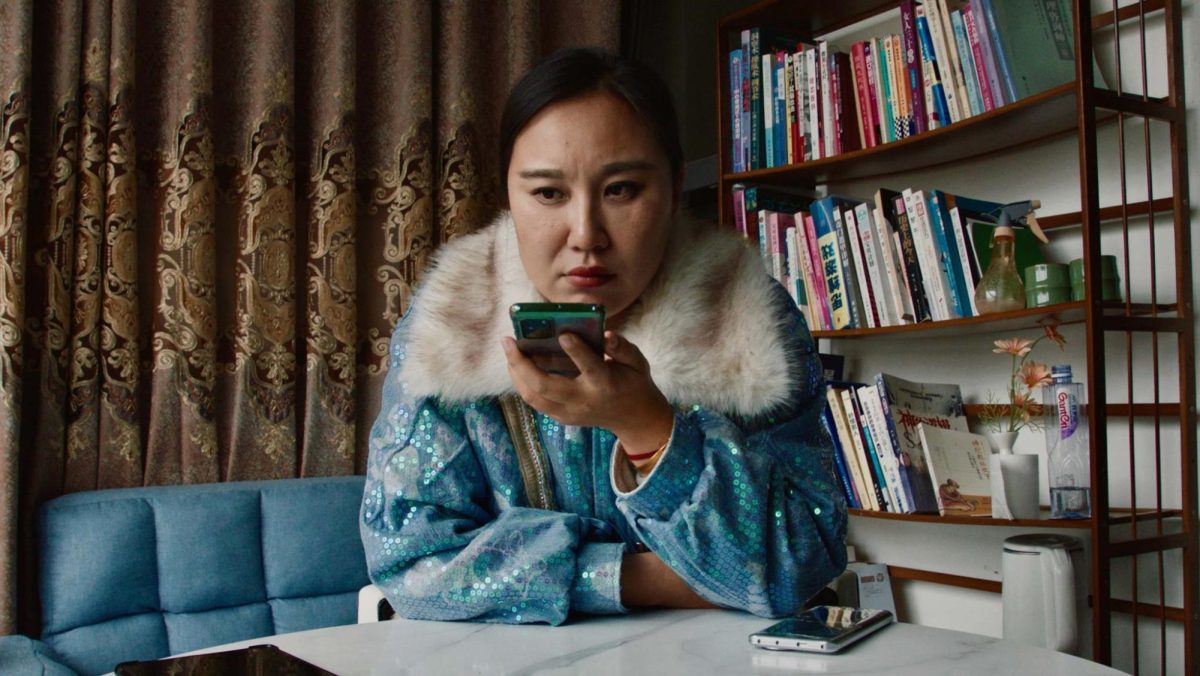Opinion: Put an end to ‘missing white woman syndrome’
Considering the fact that nine other bodies were found in the high-profile search for Gabby Petito, we should treat missing cases involving people of color with increased importance.
In the search for Gabby Petito, nine other bodies were found, many of whom were women of color. The media should start reporting the stories of women of color who go missing and bring an end to “missing white woman syndrome.” (Staff Illustration by Manasa Gudavalli)
October 29, 2021
On Sept. 1, Brian Laundrie returned alone to his home in Florida in the white van he and Gabby Petito had shared during their cross-country road trip. By Sept. 19, authorities had located Petito’s remains. In the course of the search, authorities also found the bodies of nine others previously reported missing, many of whom were people of color.
Critics of the coverage of the Petito case like MSNBC host Joy Reid have described it as an example of “missing white woman syndrome,” a phenomenon in which missing white women are given more media attention than missing people of color, particularly women. It is necessary for both the media and police to treat cases involving missing people of color with more attention than they are currently given.
19-year-old Miya Marcano, a Black college student, was among those nine. She was reported missing on Sept. 24 and was found dead on Oct. 2. Daryl Washington, her family’s lawyer, has been outspoken about law enforcement’s failure to act.
“Law enforcement did not treat this case as a high-priority case,” Washington told Insider. “In these cases, every second matters, and we do believe if law enforcement would have treated this case with some priority, there’s a high likelihood that the final outcome could have been different.”
Had Marcano not been a Black woman, perhaps this case would have been treated with more urgency. Perhaps she would have been given the media attention that missing white women like Petito receive. Perhaps law enforcement would have dedicated a similar level of effort to finding her. The fact that it took a national news story about a white woman for nine families to find their loved ones is a disgrace. Police departments across the country should check their biases and designate missing cases involving people of color as just as high a priority as Petito’s.
The nationwide fascination with the Petito case, while Black and Indigenous women go missing at disproportionately high rates and receive significantly less attention, deserves the criticism it has been receiving. In the United States, nearly 100,000 Black women and girls were reported missing last year. A University of Wyoming task force reported in January that, between 2011 and 2020, 710 indigenous people went missing in Wyoming alone. The report also found that missing Indigenous people received less extensive and less favorable coverage than missing white people.
Petito, in contrast, was mentioned 398 times on Fox News, 346 times on CNN and 100 times on MSNBC between Sept. 15 and Sept. 23. The case also gained traction on social media, where amateur true-crime enthusiasts obsessed over details in attempts to crack the case, locate Petito and incriminate Laundrie.
The sheer amount of national engagement with the Petito case — constant coverage by the media, investigation and testimony from civilians, and the work of multiple law enforcement organizations — made it possible to bring closure to the Petito family. For the families of the other nine individuals found, it was only luck that delivered answers. Authorities had not dedicated the same resources to investigating these cases; it was only through the search for Petito and Laundrie that these families received closure.
While Petito and her family have no control over this bias, the families of missing people across the country wonder what tragedies could have been avoided if more attention had been given to their loved ones’ cases. Law enforcement, media and the public alike must stop treating the disappearances, abductions and murders of marginalized Americans as secondary. Their stories cannot be overlooked if we are to work toward a safer future for all.
Contact Srishti Bungle at [email protected].




























































































































































